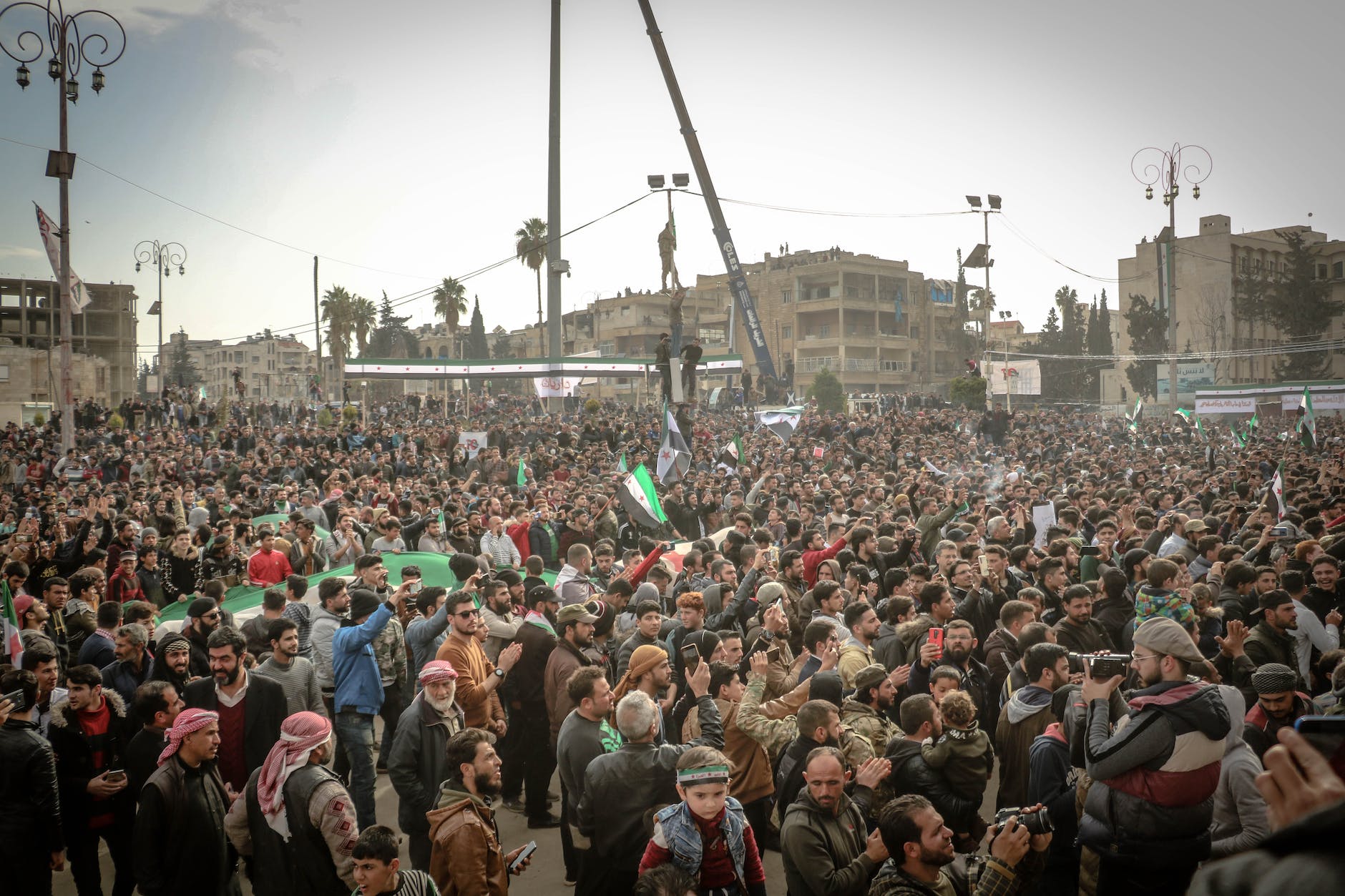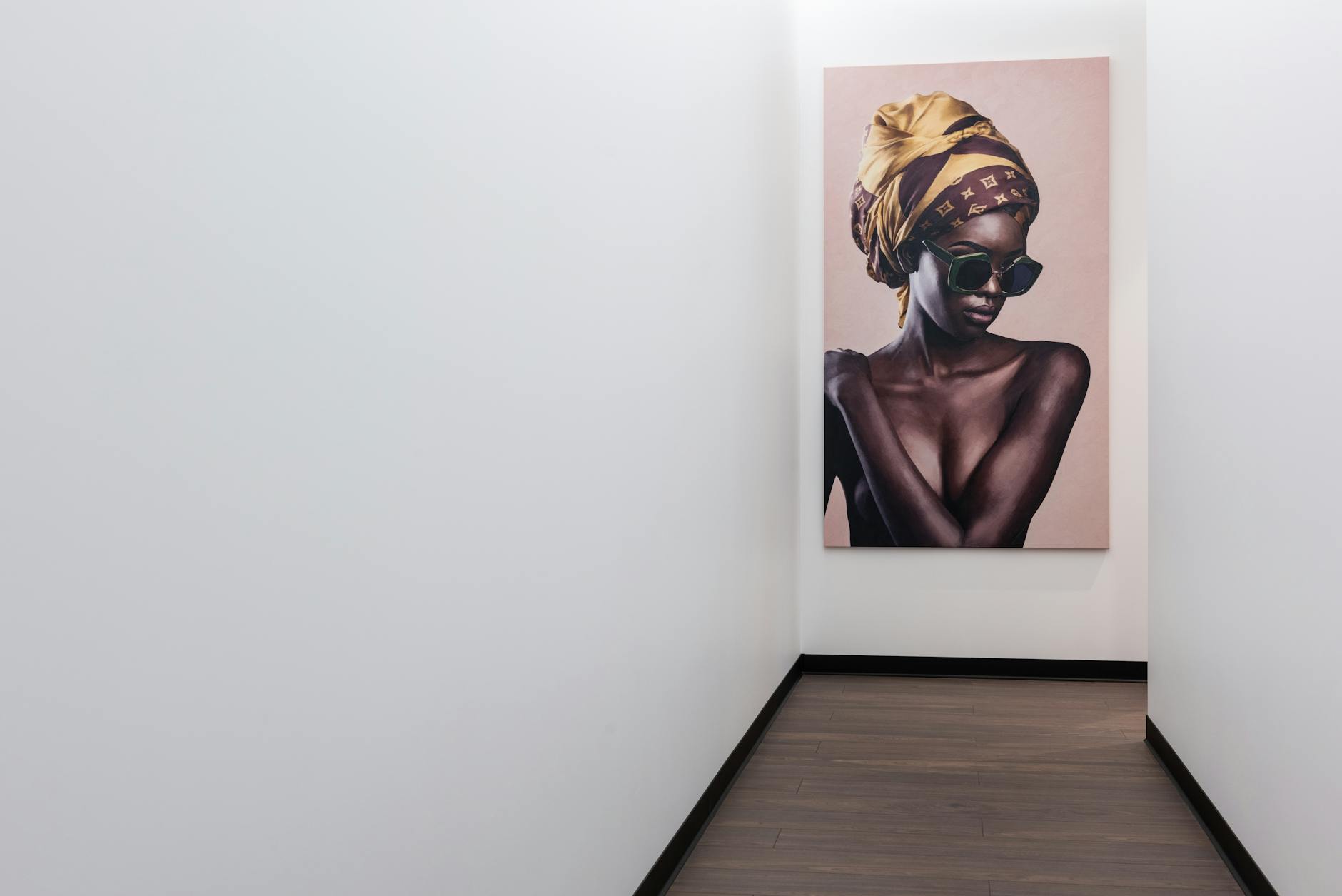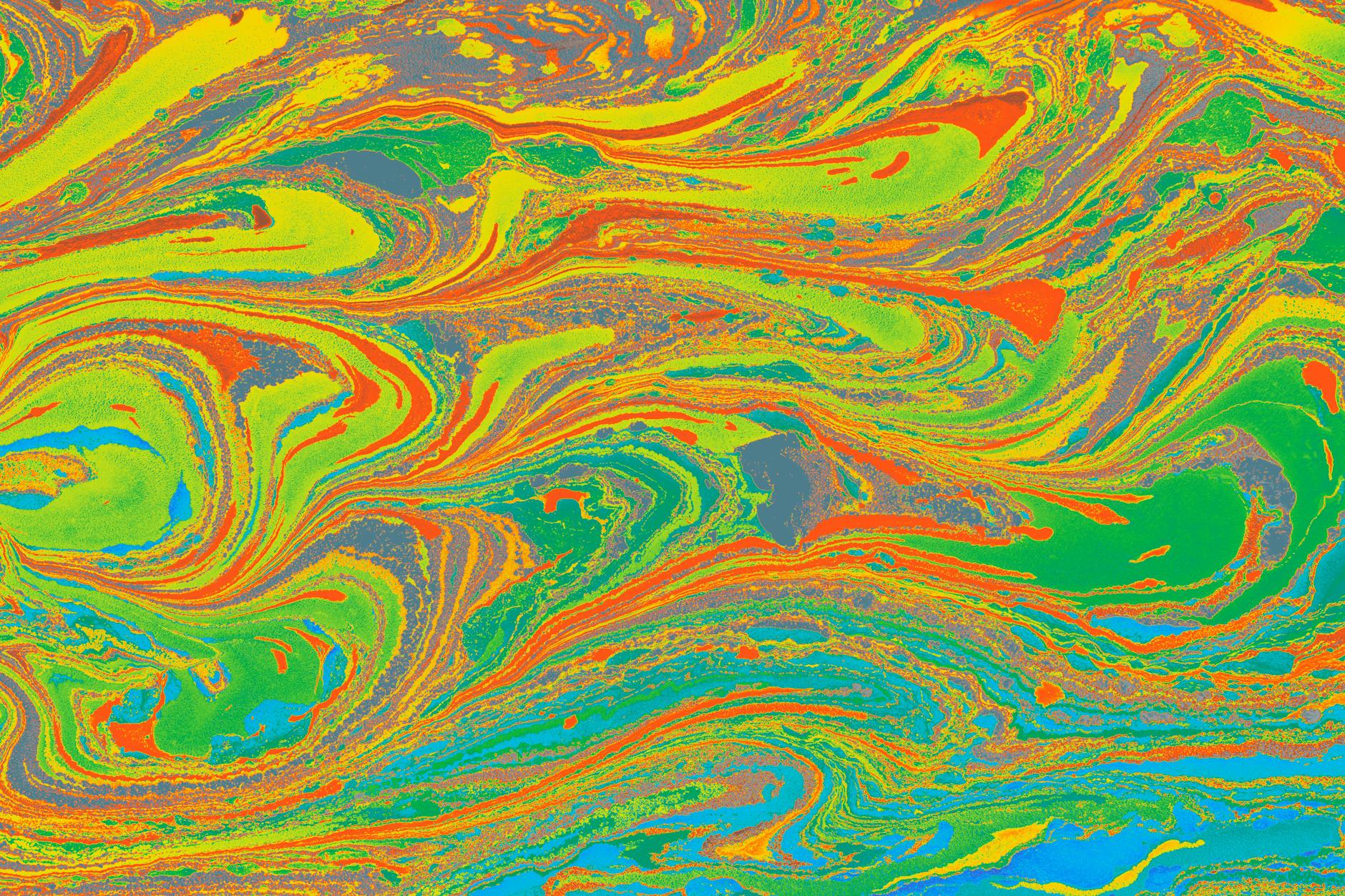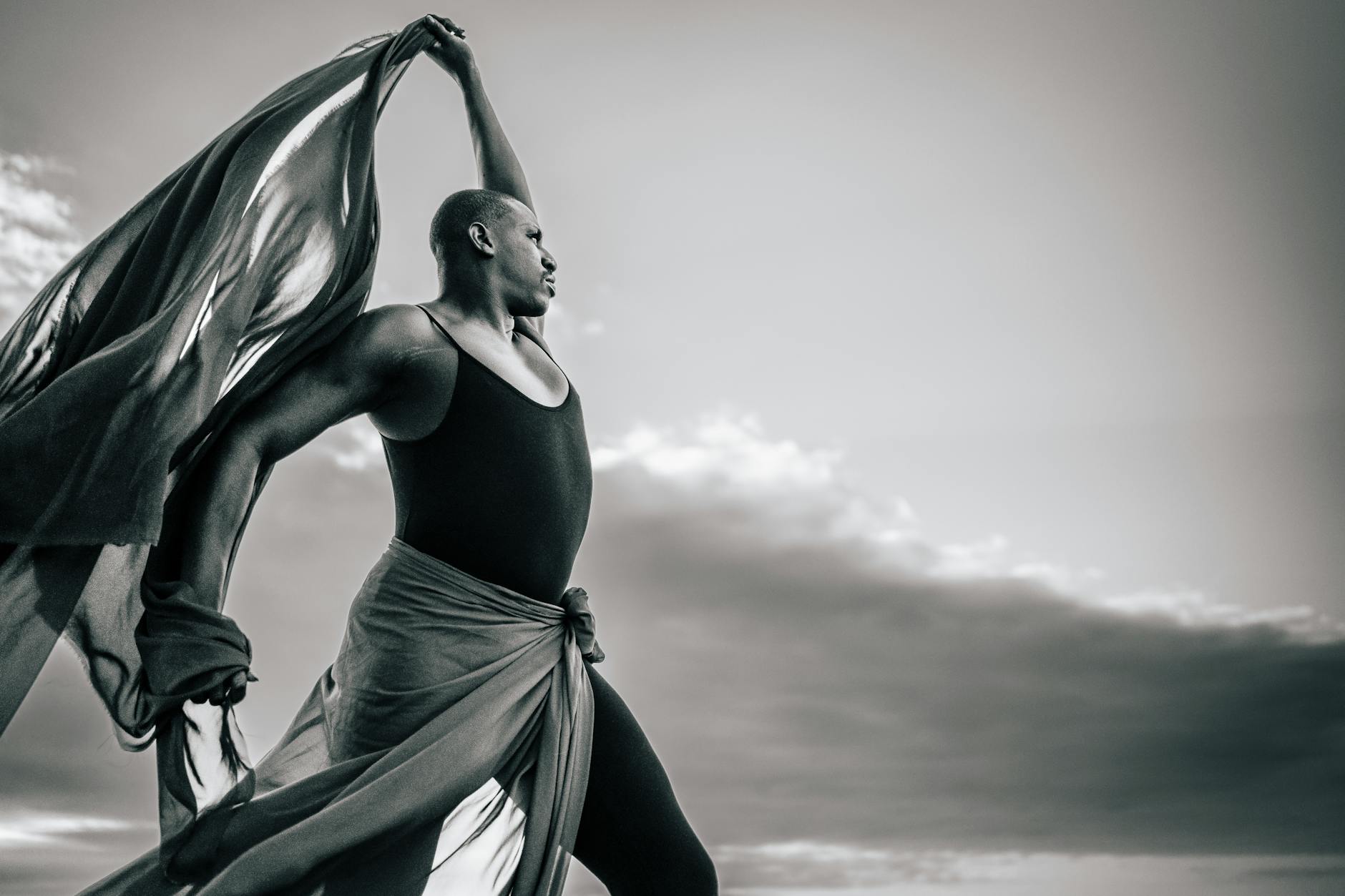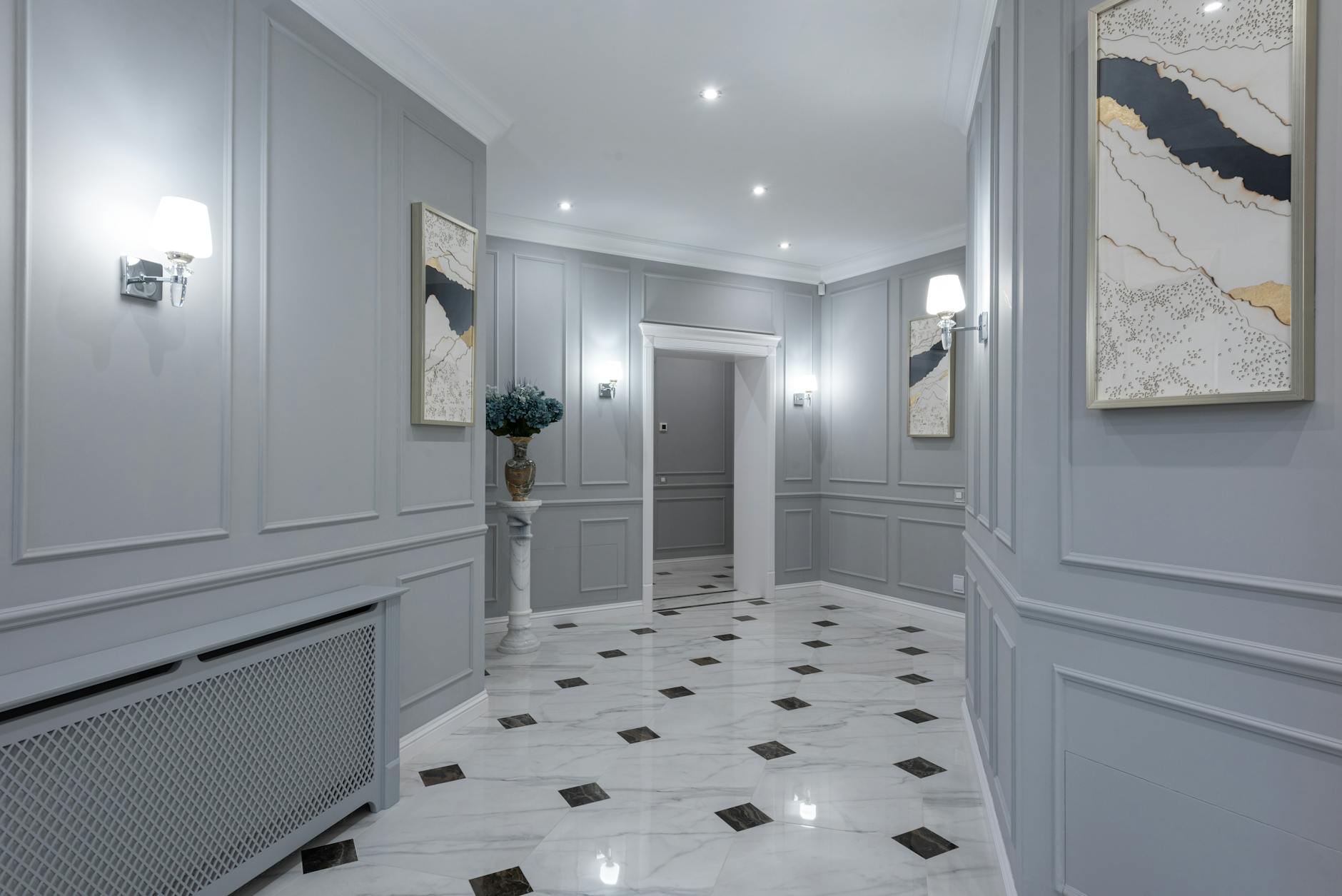The fervor and spirit of the 1960s and 1970s counter-culture movement gave birth to new forms of expression, reflecting a profound shift in American social and political landscapes. The art world was by no means exempt, with a colorful, imaginative genre known as ‘Psychedelic Art’ rising to prominence and effectively encapsulating the ideology of the era. This art form expressed counter-culture aesthetics and frontline sentiments of social and political rebellion characterized by an overriding ethos of peace, love and unity.
The root of psychedelic art can be traced back to hallucinogenic substances like LSD and magic mushrooms. However, the essence of the art form lies not merely in its stylistic origin but more substantially in the way it embraced and portrayed the radical mindset of the era. Psychedelic art, with its distinct, flamboyant aesthetic, speaks volumes about the anti-establishment art movement that was driven by a desire for social change and burgeoning counter-culture ideologies.
The iconic Woodstock Music Festival of 1969 symbolized the pinnacle of the peace and love movement. It offered a platform for expression that correlated with the values of the counter-culture era—a time synonymous with community and communal living, centered around shared values, belief systems, and shared responsibilities. The counter-culture aesthetics, as reflected in psychedelic art, often drew inspiration from non-Western sources. Tribal cultures, Eastern religions, and ancient mythologies informed the visual language of this art movement, creating a unique fusion of cultures and ideas that served as an open challenge to mainstream, Western-centric thinking.
Furthermore, psychedelic art went beyond merely visual representation. It encapsulated a holistic experience, striving to stimulate all senses and achieve a higher level of consciousness. This aspect is particularly evident in psychedelic music concerts, where the audio-visual experience works in tandem, intending to induce a ‘trip’ akin to that experienced under the influence of hallucinogens. The artwork of the Grateful Dead, Pink Floyd, and Jefferson Airplane album covers are characteristic examples of how psychedelic art and music intersect in this context. These covers are teeming with swirling, interlocking forms, and mesmerizing color palettes that mirror the music’s eclectic soundscapes and lyrical expressions of peace, community, and social change.
The counter-culture movement and the corresponding psychedelic art boom had a profound impact on modern design and pop culture. Elements of psychedelic design can still be found in album covers, movie posters, and even modern gaming graphics. It continues to be a potent symbol of an era that vigorously challenged societal norms in the name of peace, love, and unity.
In essence, Psychedelic Art serves not only as a visual representation of a significant era but as an enduring reminder of a society’s capacity for change and the value of questioning established norms. A potent symbol of the anti-establishment art movement, it continues to inspire and influence contemporary artists, serving as a vibrant, ceaseless testament to the power of creativity as a vehicle for social and political rebellion.




